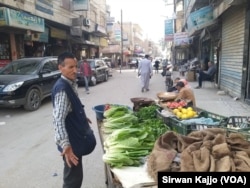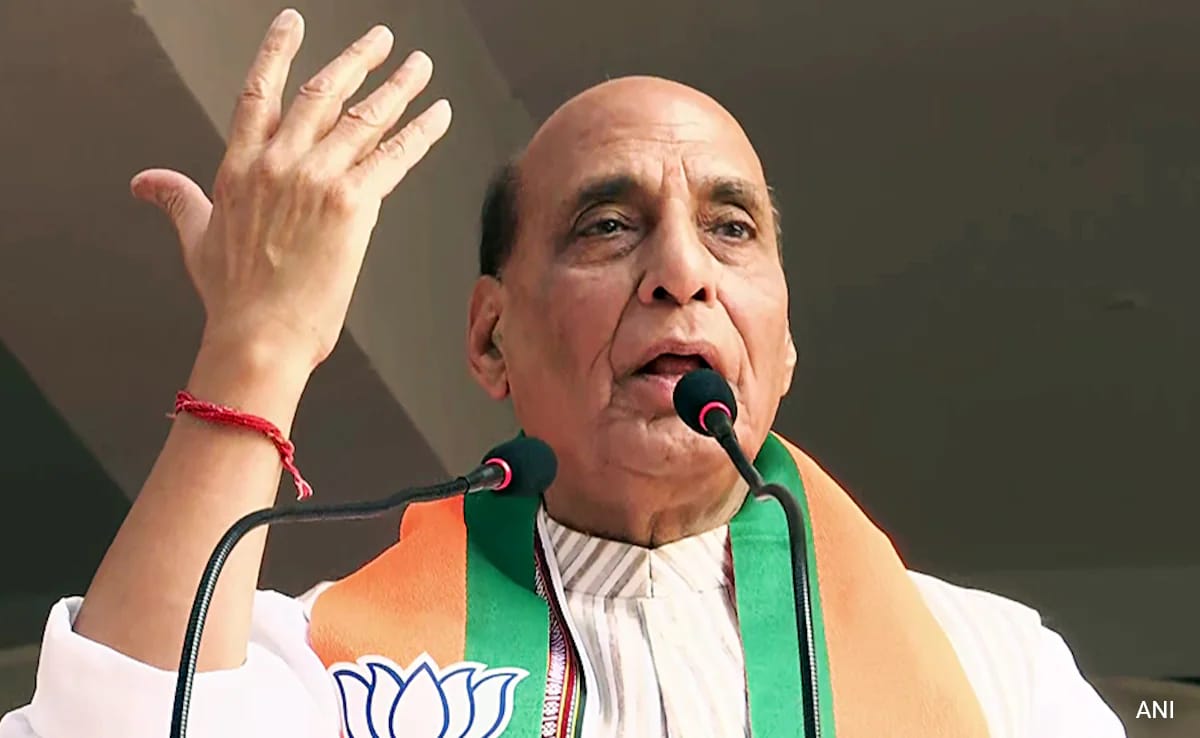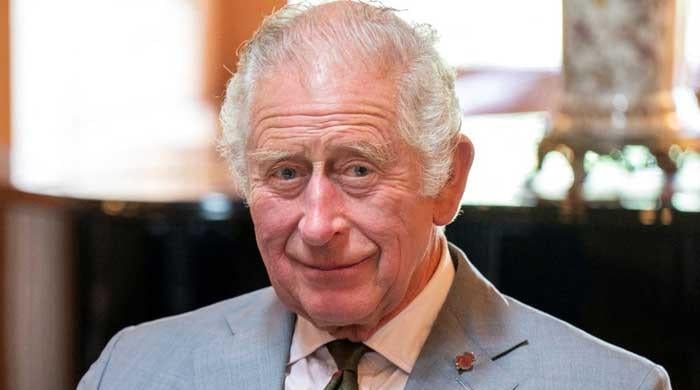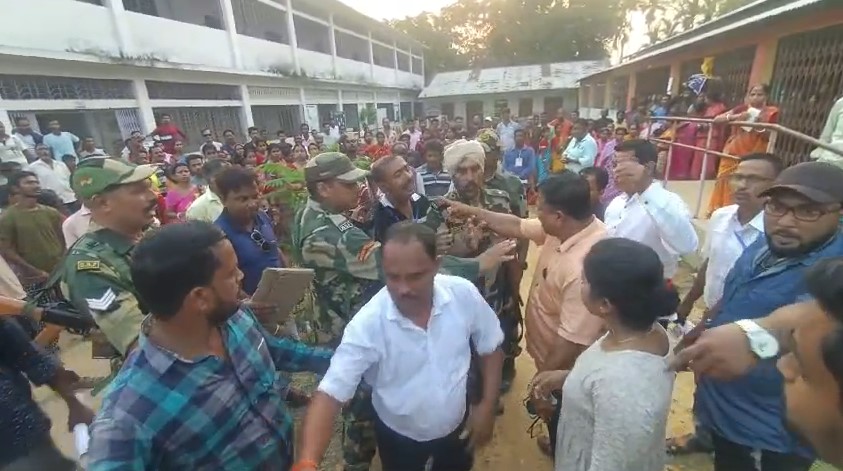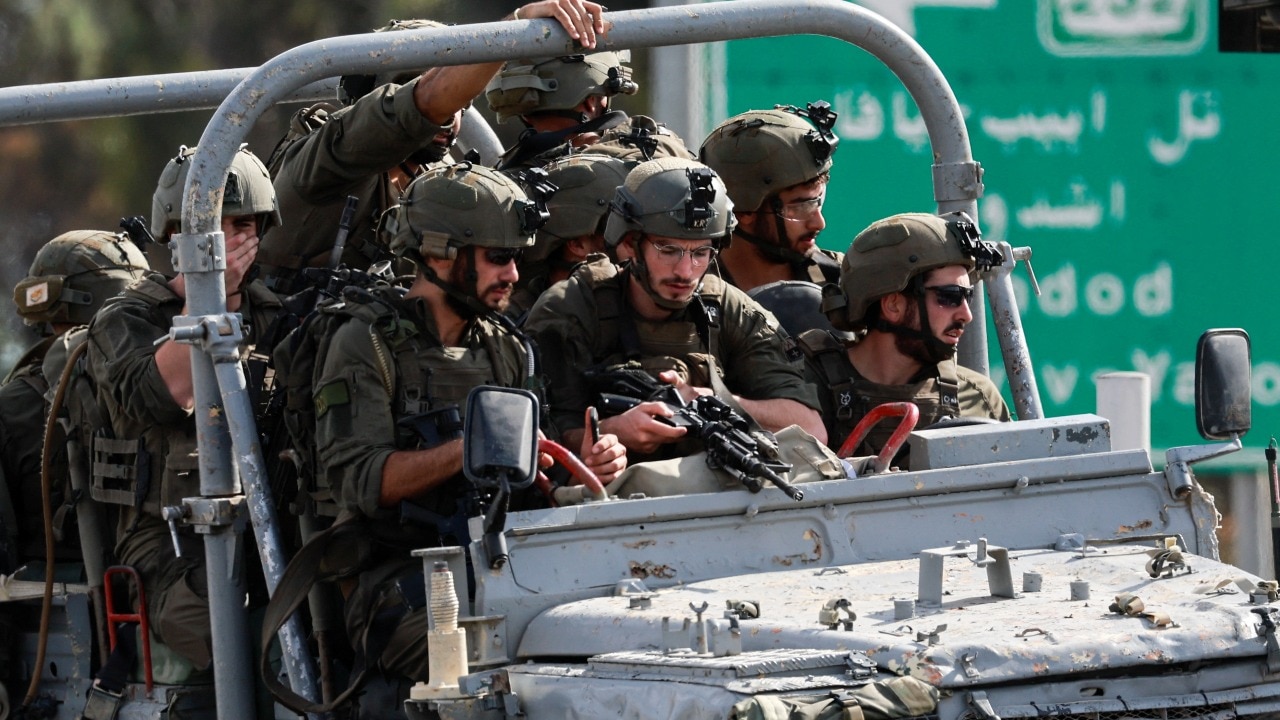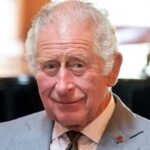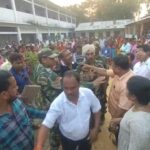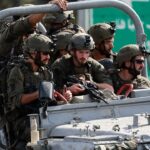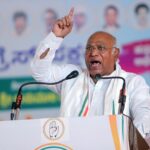Palestine Street, located in the center of the northeastern Syrian city of Hasaka, looks like a typical scene from a conflict zone in the Middle East: a crowded market, customers walking through dusty shops, and the cries of street vendors creating a bustling atmosphere. to that place. Nothing unusual.
But being the curious journalist that I am, I couldn’t help but notice something strange. Most of the shops on the right side of the street have Syrian flags painted on their rolling doors. However, the store on the other side had no such sign – or any other sign for that matter.
A relative who owned a fabric shop down the street noticed my confused expression.
“I know it’s weird,” he told me. “That’s because all the shops on the right side of the street are under the control of the Syrian government. The ones on the left are under the control of the autonomous government.”
The Autonomous Administration of Northern and Eastern Syria (AANES) was established in 2014, nearly two years after the majority-Kurdish region fell to Kurdish armed control. Prior to this, Syrian government forces were deployed elsewhere to fight rebels in the early stages of the Syrian civil war and quickly withdrew.
In the years since, the Kurdish-led Syrian Democratic Forces (SDF) have achieved significant military gains, particularly against the Islamic State (IS) terrorist group, leading to the establishment of an expanded Kurdish-controlled authority in northeastern Syria.
The SDF, backed by the U.S.-led global coalition against ISIS, currently controls about a third of Syria, making it the second-largest entity in the country after the Syrian government-controlled areas.
The Kurdish-led AANES established a governance system independent of President Bashar Assad’s Syrian government. Its rules and regulations are enforced by a vast security apparatus that includes traffic police, security forces, counter-terrorism units and other agencies, some of which have received training from the United States and other Western countries.
But the control and governance aspects here are not simple. The situation in Hasaka’s Palestinian Street provides a glimpse into the very complex and nuanced power dynamics in this part of Syria.
“Taxes for shop owners on this street are collected by two different tax authorities, depending on which side of the street your shop is located,” said the owner of an electronics store on the Kurdish-controlled side of Palestine Street, Palestine The street is on the Kurdish-controlled side. The ruling Baath Party took to the streets as a sign of support for the Palestinians.
The Syrian government and AANES have different holiday calendars, and their respective commemorations are reflected in this street.
“When there is a holiday in the autonomous region, all the shops on our side are closed, while other shops over there are open as usual, and vice versa,” the shop owner said, pointing across the street to the Syrian-controlled side. .
The Syrian government checkpoint and the Kurdish checkpoint are just steps away, with soldiers from both sides wearing different uniforms.
The one-kilometre-long narrow street leads to the so-called Security Square, a small area that was one of the last areas controlled by government forces in Hasaka. The rest of the city is controlled by Kurdish forces.
Not far from the city center is a major U.S. military outpost, one of several established by the United States as part of its anti-Islamic State partnership with the SDF.
The United States has about 900 troops stationed in northeastern Syria. They have played an important role in assisting and advising local Kurdish forces in their fight against the remnants of the Islamic State.
But the United States is not the only foreign power with troops stationed here. In government-controlled areas of Hasaka and several other regions, Russia, a staunch supporter of Assad’s government, has gained a foothold.
In 2019, most of Moscow’s troops were deployed to the region after a partial U.S. troop withdrawal led to Turkey’s incursion into parts of northeastern Syria. Turkey considers the SDF a terrorist organization and the group has significant influence in the region after conducting several ground operations against Kurdish forces.
The presence of so many foreign and local troops, most of whom have been vying for control of the area, has forced local Kurdish authorities, especially Syrian government forces, to strike a balance in trying to maintain peace in the conflict-ridden country.
Palestine Street represents an uneasy political détente between a nascent governing entity seeking to thrive against all odds and a weakened central government seeking to reestablish its past authority. It was also a tangible reminder that Syria’s decade-long conflict has yet to be resolved.
This story originated from the Kurdish section of VOA.
Follow us on Google news ,Twitter , and Join Whatsapp Group of thelocalreport.in

